Directions for Hybridizing Sunflowers
TreeClimber16
21 years ago
Related Stories

MOST POPULARSummer Crops: How to Grow Sunflowers
Savor snack-tastic sunflower seeds once the radiant blooms have faded — if the birds have saved you any, that is
Full Story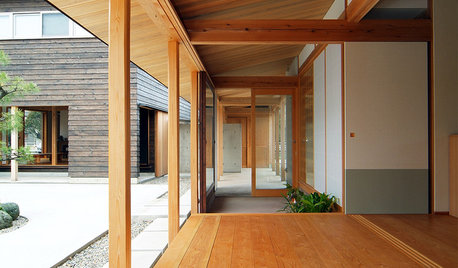
HOMES AROUND THE WORLDEast Meets West in 3 Modern Japanese Homes
Contemporary Japanese houses often mix traditional and Western elements. These hybrids offer the best of both worlds
Full Story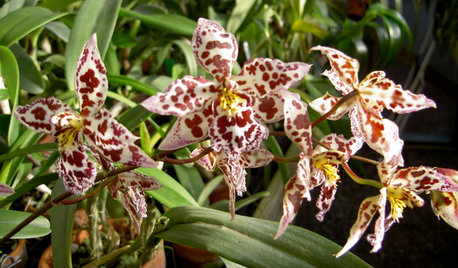
FLOWERSOrchids 101: Frilly Oncidiums Dance Their Way to Center Stage
Sprays of flowers characterize these New World orchids
Full Story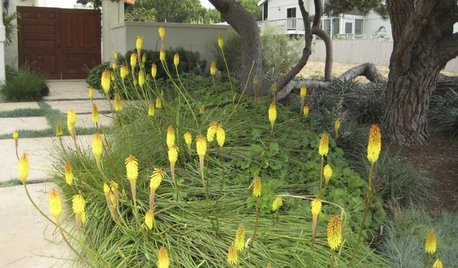
GARDENING GUIDESGreat Design Plant: Red-Hot Poker
You'll carry a torch for these spiky plants once you discover how their fiery-hued flowers can light up a landscape
Full Story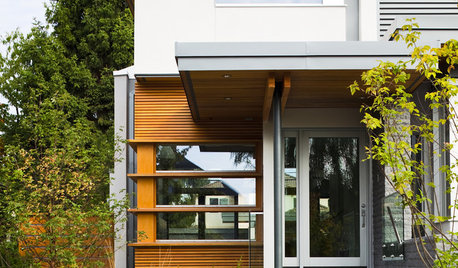
GARDENING AND LANDSCAPINGGarden Design Essentials: Balance
You may sense when plants and flowers are off-kilter, but do you know how to set your landscape right?
Full Story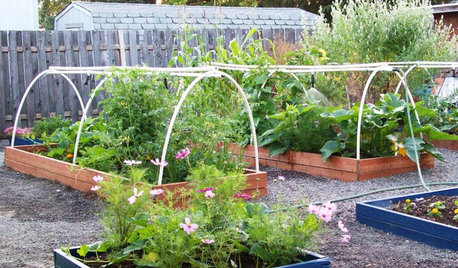
BENEFICIAL INSECTSAttract Pollinators for a Productive Edible Garden
You can lure bees, butterflies and birds into your yard with the right flowers and nesting spots
Full Story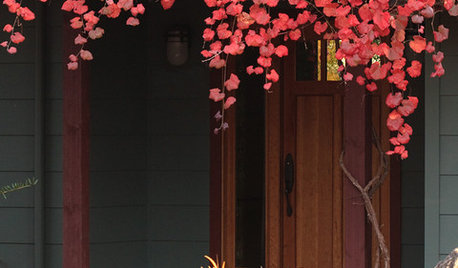
RED FOLIAGEGreat Design Plant: 'Roger's Red' California Wild Grape
Lush, vivid and a considerate provider of snacks for wildlife, this deciduous vine is especially spectacular in a fall garden
Full Story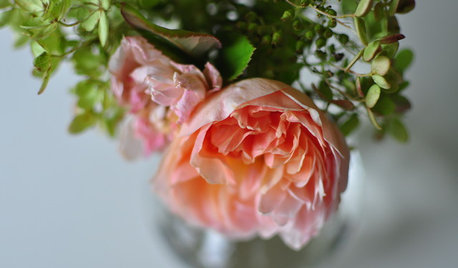
GARDENING GUIDESRoses: Crowning Touch of Gardens
Whether you're the Miss or Mister America of gardening or take a hands-off approach, roses can be a winning addition to your landscape
Full Story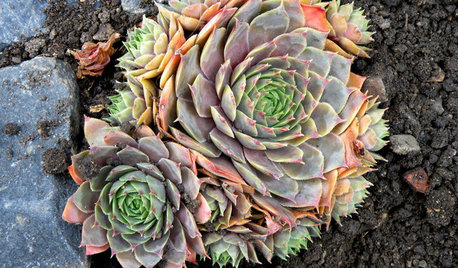
GARDENING GUIDESGreat Design Plant: Hens-and-Chicks
Plant Sempervivum succulents for fuss-free garden color and character all year
Full Story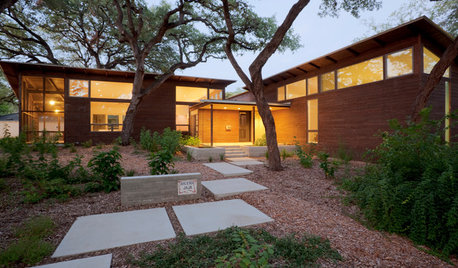
GREEN BUILDINGMeet a High-Tech Home That Monitors Itself
Energy vampires have nowhere to hide in this LEED Platinum home, as energy efficient as it is architecturally beautiful
Full Story

hementia8
david_zlesak
Related Professionals
Fort Lee Landscape Architects & Landscape Designers · Towson Landscape Architects & Landscape Designers · Mount Wilson Landscape Architects & Landscape Designers · Byram Landscape Contractors · Franklin Landscape Contractors · Gresham Landscape Contractors · North Haven Landscape Contractors · Olympia Landscape Contractors · Pompton Lakes Landscape Contractors · Secaucus Landscape Contractors · Wayland Landscape Contractors · Woodburn Landscape Contractors · Kansas City Fence Contractors · Tulsa Fence Contractors · Van Nuys Fence ContractorsPierre_R
TreeClimber16Original Author
Walter_Pickett
keking
Walter_Pickett
nitzan